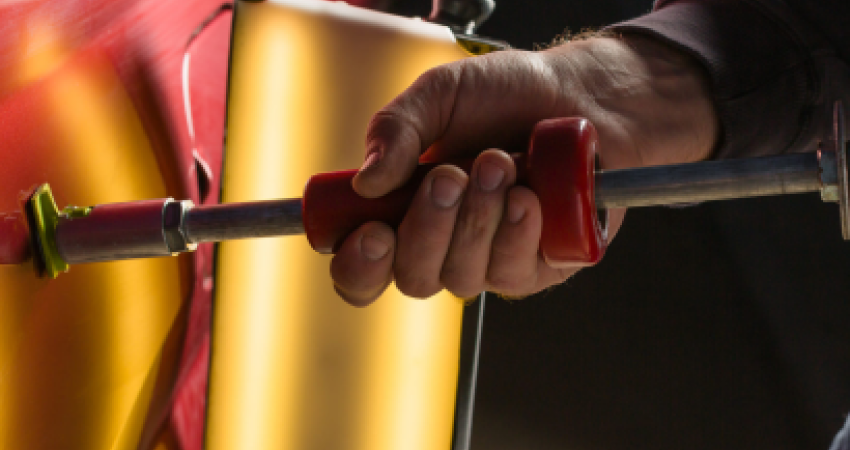How Does Paintless Dent Repair Work? An In-Depth Look at the Technique
Paintless Dent Repair (PDR) has become an essential service in the automotive repair industry due to its ability to restore a vehicle’s appearance without compromising its original paintwork. This method is particularly valuable for maintaining a car’s resale value. When a car undergoes traditional dent repair, repainting often results in slight color variations or mismatched finishes, which can be a red flag for potential buyers. PDR eliminates this risk by preserving the factory paint, ensuring the vehicle retains its original appeal. Another significant advantage of PDR is its cost-effectiveness. Traditional dent repair involves multiple steps, including sanding, filling, and repainting, which can be time-consuming and expensive. PDR, on the other hand, requires fewer materials and less labor, making it more affordable. Additionally, because the process is quicker, car owners spend less time without their vehicle. Environmental impact is also a key consideration. Traditional methods often involve the use of harmful chemicals and produce waste, whereas PDR is a much cleaner, eco-friendly process. This makes it an ideal option for those who want to minimize their environmental footprint. PDR is especially beneficial for minor dents caused by hail, door dings, and parking lot mishaps. However, its importance goes beyond aesthetics. By repairing dents promptly, car owners can prevent further damage, such as rust formation, which could lead to more costly repairs in the future. In summary, Paintless Dent Repair is crucial for maintaining a vehicle’s appearance, value, and structural integrity. It offers a fast, cost-effective, and environmentally friendly solution that keeps cars looking their best without the need for invasive repairs.


